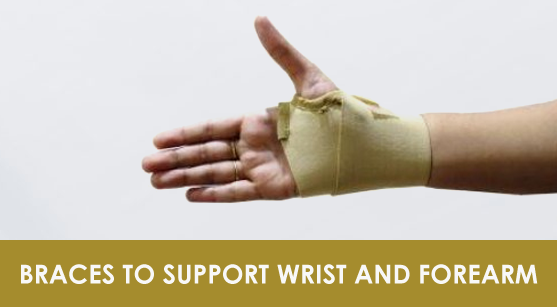The human wrist consists of two rows of small bones linked to each other and bones of forearms and hands by tough ligaments. Any damage to these complicated joints can impact the ability to use the hand or wrist and cause pain.
You can break bones during a fall or sudden accidents. The pain may be mild or severe. Wrist pain can also be caused by arthritis, bursitis, carpal tunnel syndrome, tendonitis, gout and long term stress.
Doctors recommend wrist splints for fractures in the carpal joints, distal radius and strains and sprains of the wrist. Wrist brace or splint may support injured or weak wrists after removal of cast. Even when wearing the brace or splint, hand and finger movement may not be restricted.
Contracture is one problem caused by coordination problems, muscle weakness and spasticity. It refers to shortening of muscles because of muscle tightening. Orthoses are utilized to deal with abnormal tones or contractures. This is done by placing hand in extension as well as wrist in a position of neutrality.
Wrist splints may be used to support a flaccid or weak wrist and for treating instabilities of the wrist. Often, physical therapists work along with patients to deal with contractures and abnormal tones.
For medical treatment of mild pain, P.R.I.C.E. technique may be used:
- P- Protecting wrist with wrap or brace
- R- Resting the joint
- I-Ice application to the joint
- C- Compression using elastic wrap
- E-Elevate the joint above heart level.
Always seek medical advice when wrist pain becomes severe. In this case, wrist forearm support brace may be recommended
Types of braces available in the market include:
- Cock-up splint: will hold wrist in neutral position and prevent flexion
- Paediatric splints: designed for children
- Geriatric braces: to treat finger, thumb or wrist contractures due to stroke, injury or trauma.
- Hand and wrist Orthoses: to use finger separators to enhance skin integrity or finger abduction.
- Braces designed for support of overnight sleep.
- Braces for compression and support
- Brace conducive for electro therapy.
- Braces adjustable for sizes and position of hand and wrist in neutral position.
- Braces with ambidextrous design.
- Sporting braces: to help support sporting activity.
These are some facts about wrist and forearm braces.

